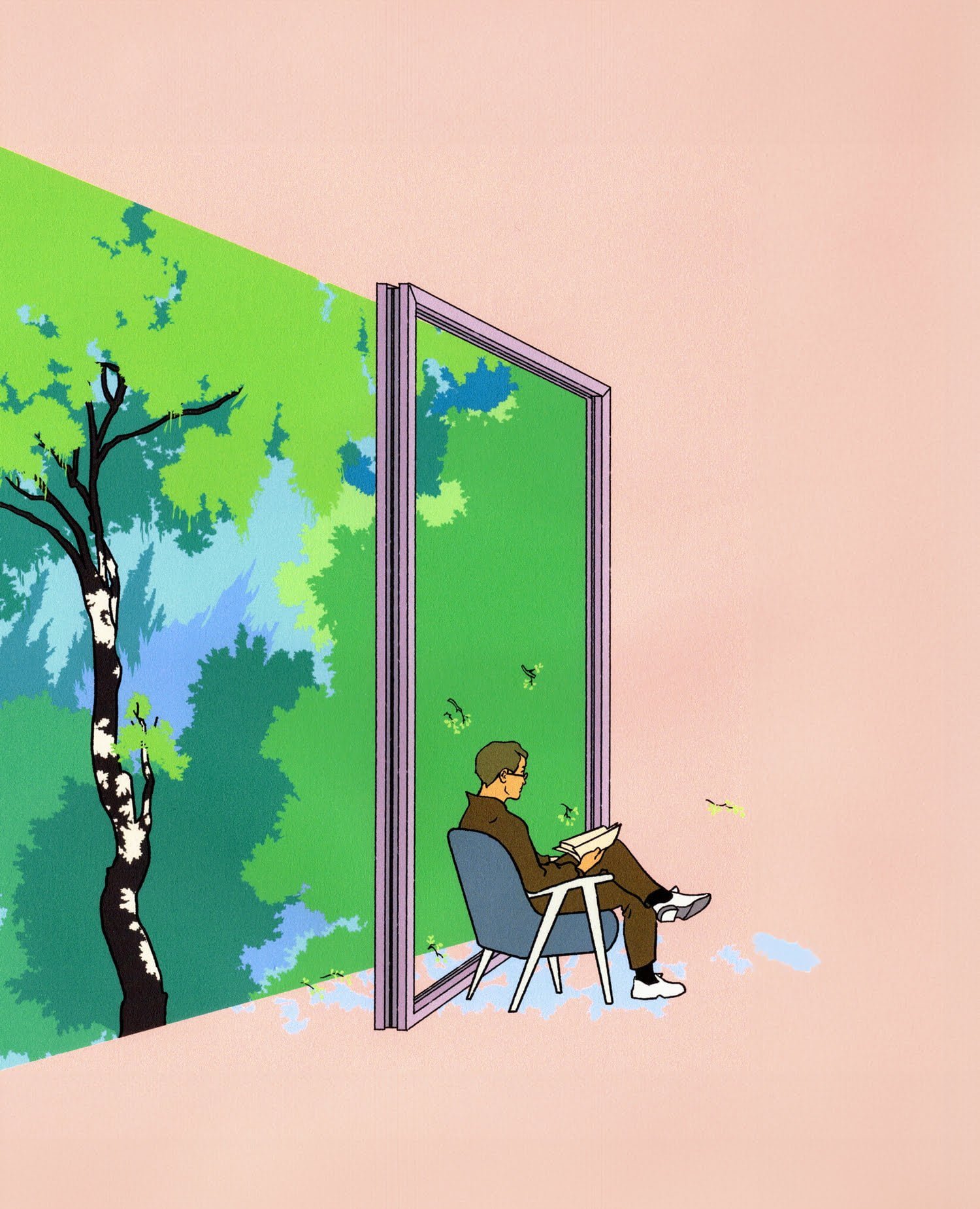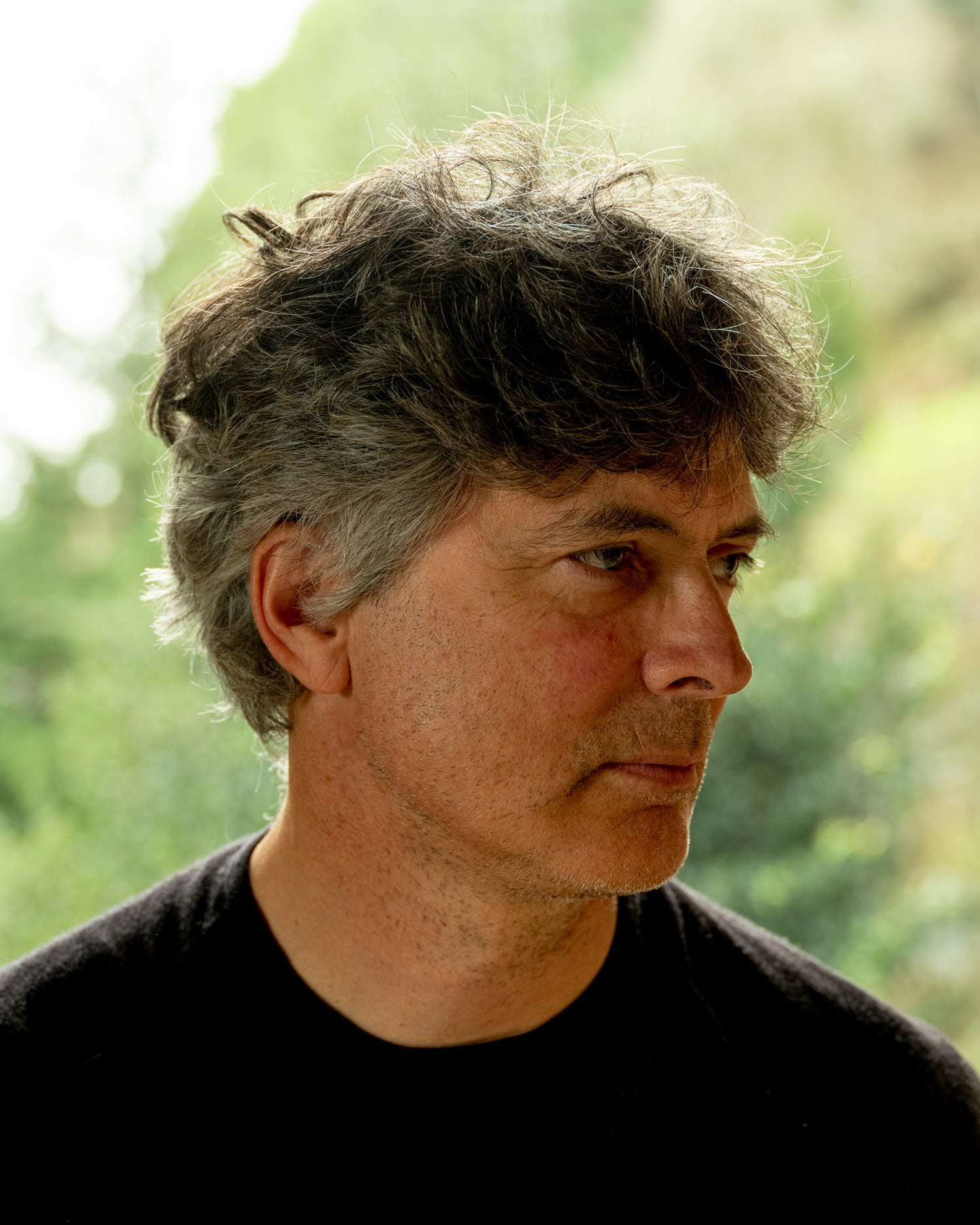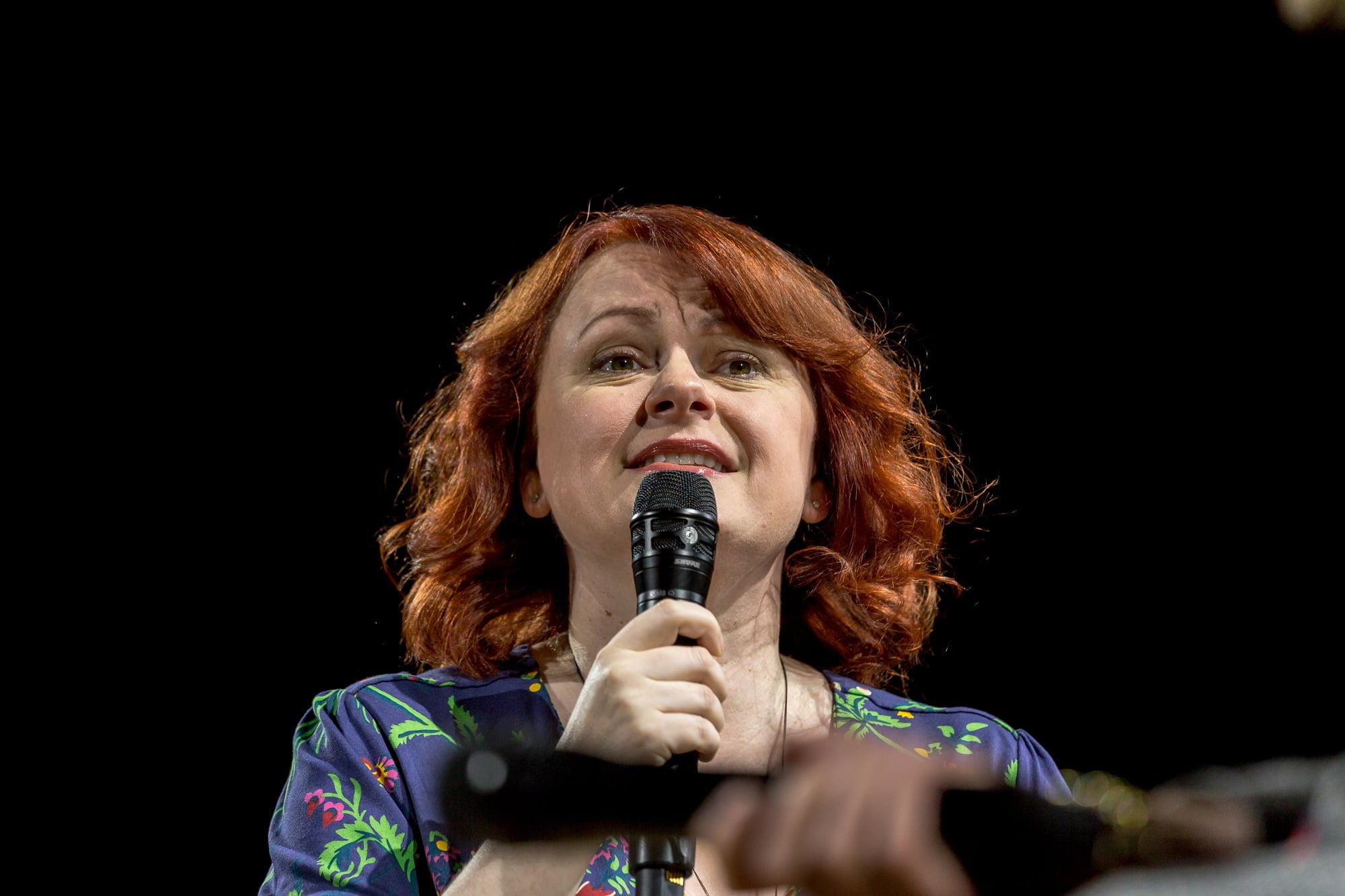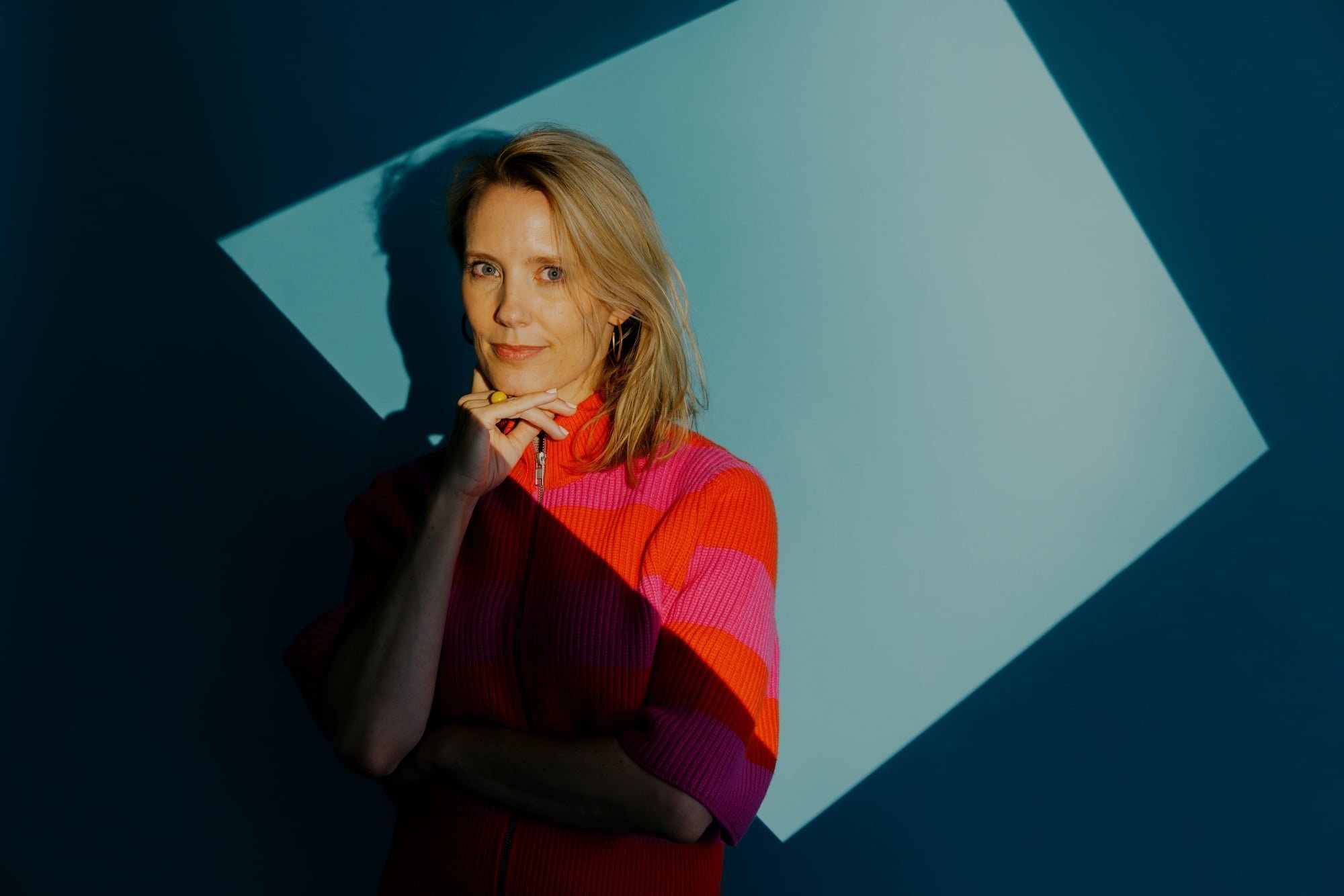The best books take us out of the real world and into another. With his hit novel The Ministry for the Future, Kim Stanley Robinson drops readers into a world we could soon be living in – depending on what we do now. Can ‘climate fiction’ help us confront tomorrow, today?
A few years from now, as the world struggles with a fast-changing climate, a new organisation is given the task of fighting for the rights of unborn generations. That’s the premise of Kim Stanley Robinson’s The Ministry for the Future. The novel challenges readers to act defiantly in this cooler present in order to avoid what Robinson’s mind-expanding forecast tells us will happen in a sizzling near future. We asked Robinson about his inspirations, the potential of cli-fi to inspire action, and his feelings about missions to Mars.
The vivid picture of the future you paint in The Ministry of the Future has made a big impact on a lot of people. How do you see the potential of climate fiction to affect readers in a way that, say, scientific reports don’t?
Kim Stanley Robinson: I suppose climate fiction gives an opportunity to live for a while in a particular future, imagining them in depth, and, as a reader, even co-creating them. One comes out of that experience with a different effect than if just contemplating a scenario for a minute. Novels have “thick texture” and can feel like real experiences, almost. So their power comes to that – readers have to co-create them, so they are very invested in them compared to less time-bound imaginaries. Everyone can learn from this.
The reader or listener has to generously engage their imagination, to make the thing real in their head – and things real in the head are very like real experiences! So fiction can be quite intense, always; and climate fiction is a way of showing what might happen if we don’t deal immediately with our carbon burn. The dangers are real, and imagining them vividly can change actions in the present.

Kim Stanley Robinson made his name as a writer of realistic, grounded science fiction with books like 1992’s Red Mars. His most recent work has been described as climate fiction, or cli-fi. Robinson’s 2020 novel The Ministry for the Future, which imagines the repercussions of climate change in the coming years, became a bestseller and has been lauded by the likes of Barack Obama and Bill Gates.
Photo: Carolyn Fong
What’s your take on “future realism” when integrating science into your literary worlds?
Science fiction can be divided into three big zones by way of temporality. Near-future science fiction is a kind of proleptic realism, a way of exaggerating certain features of the present by pushing on them and emphasising them. Then far future science fiction (one million years out!) is a kind of fantasy, but sometimes playing with the real universe as its set, the galaxy that we are actually in.
In the middle is a less typical zone that I like and have worked in often – say 200 years from now – what I call “future history” for lack of a better name. It’s an attempt to imagine what could happen in the next couple centuries, given the laws of physics we know now. That’s a world still governed by our scientific understanding, so it’s a zone that is about what science could do, and therefore about history as we make it. I find that an interesting zone to work in. Between that and near future science fiction, most of my books and stories reside; I’ve only done a few far future stories.
What were your favourite science fiction books when you were growing up? How did they set you on a path towards writing about climate and Earth system science?
My favourite science fiction novels were often about other planets, but my understanding of the Earth system came much later. There was a “planetary romance” subgenre of 1950s and 1960s science fiction that I liked a lot: Edgar Pangborn, Jack Vance, John Brunner, and then Ursula Le Guin, who seized on the form and made it great. Her The Left Hand of Darkness is the greatest example of what I mean.
I also liked the science fiction novels of Samuel R. Delany, Gene Wolfe, Joanna Russ, Kate Wilhelm, and Thomas Disch. They were all suggestive pretty often when it came to biosphere/human interactions.

You wrote a trilogy about humans migrating to Mars. Where do you stand on today’s real-life Mars programs?
I’m not in favour of them. The climate crisis on Earth has taken precedence and needs to be dealt with immediately as a kind of human crisis century. In that context, Mars is irrelevant.
It wouldn’t be a bad thing to land robots on Mars as we have been, and even setting up a small base, like McMurdo Station in Antarctica, on Mars, to do scientific studies, would be a good thing. Space science is an Earth science. But that’s as far as it goes, in terms of the utility of Mars – it might teach us some important lessons about Earth.
If we get humanity into balance with Earth’s biosphere, Mars will still be there as a kind of reward, a project worth doing when we’re stable here. It will never serve as a second Earth, and is only interesting once we’re in balance here.
The poor rich people who think it is interesting have fallen for a science fiction story.
Since I wrote [Red Mars], I have to say: it was a novel from 1990, making assumptions from 1990 about both Earth and Mars. It is still a good novel, I hope. But it isn’t a plan.
What do you think are the most powerful ideas in contemporary climate fiction?
Everything can change. We are utterly reliant on everyone else on Earth cooperating. We can start a mass extinction event, and that would crash civilisation. So we have to not do that.
There are some good climate dystopias, and apocalyptic recoveries. As for dodging the mass extinction event by realistic means, my Ministry for the Future is all too solitary. But younger writers are taking up the theme.
“All you have to do is walk outdoors and you’re in a bigger world”
Sci-fi fans of the 70s, 80s or 90s were promised a future of hover cars, laser guns and endless reserves of fusion power. How would you encourage them to fall in love with a less techy, more green vision of life on Earth?
Did anyone ever believe in that stuff? I’m not sure. Many of these things were always seen as fantasies, childlike and unrealistic, even if fun to imagine. Like dreams.
If you go outdoors more, like at sunset every day, no matter where you are on Earth, it will be better than being inside at that same moment. We are creatures of habit, which makes us prey to advertisements and the ordinary things sold to us by advertising. All you have to do is walk outdoors and you’re in a bigger world. Pay attention and much changes.
As you ease back into your body as a primate, a kind of ape, lots changes in terms of what feels good. Simply walking feels better than sitting looking at a screen. Later, looking at a screen (like I am now) it will be clear that this looking is not the best part of the day. The walking was. So this is like Voltaire at the end of Candide: “Keep a garden.”

The Ministry for the Future is out now from Orbit Books







